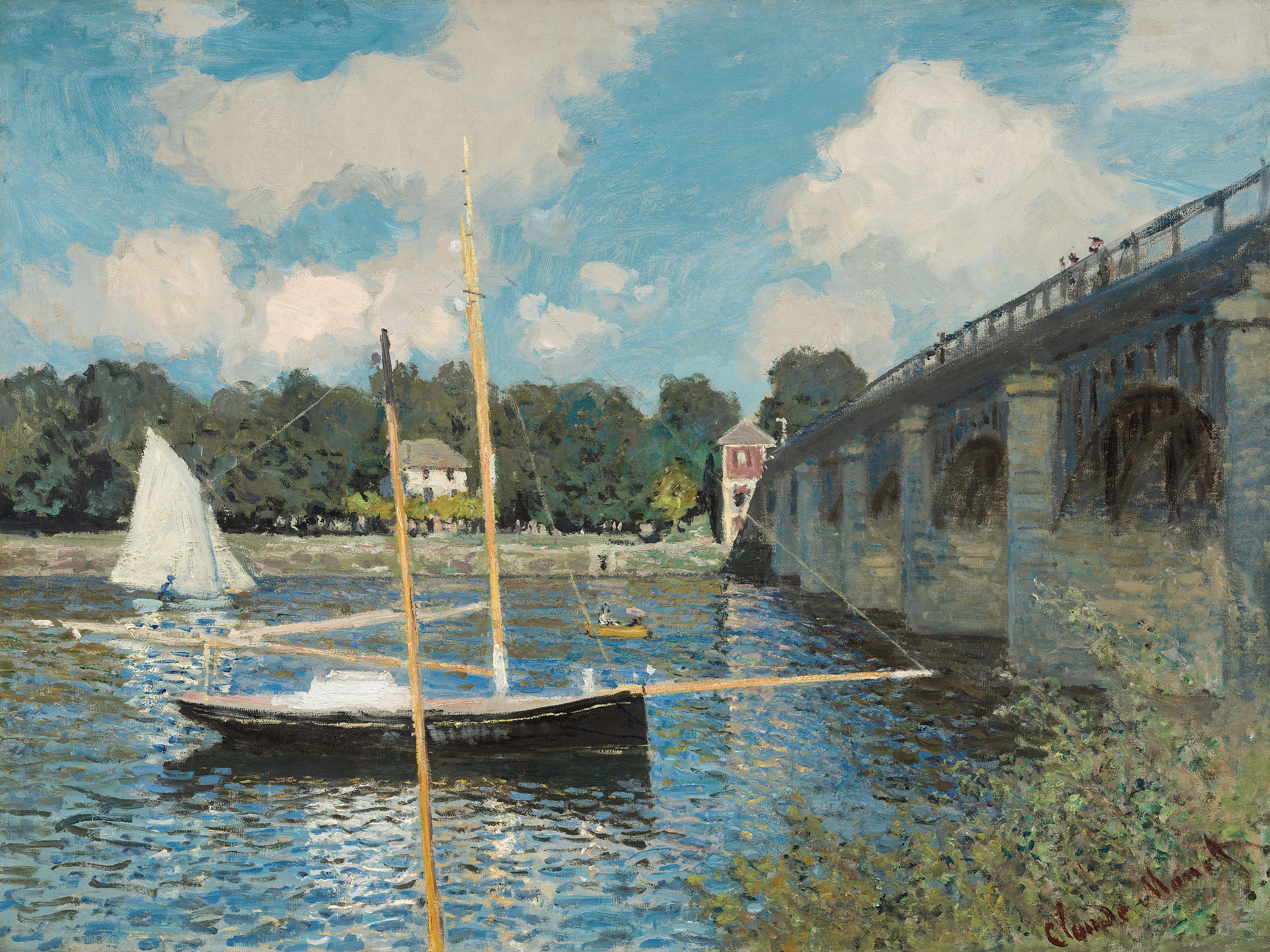Home » Tutti i post

Edvard Munch | Starry Night, 1893
This night landscape represents the coastline at Åsgårdstrand, a small beach resort south of Oslo in Norway, where Edvard Munch spent his summers from the 1880s onward.
Here Munch tried to capture the emotions called forth by the night rather than to record its picturesque qualities.
The color blue conveys the mysticism and melancholy of the landscape, which seems full of premonitions.
An abstract mound at the right represents a clump of trees; a white fence runs diagonally in front. The vaguely defined shape on the fence may be a shadow of two lovers, a recurring theme in Munch's work.

Edgar Degas | Miss LaLa at the Cirque Fernando Paris, 1879
Miss La La at the Cirque Fernando is an oil on canvas painting by the French Impressionist artist Edgar Degas.
Painted in 1879 and exhibited at the Fourth Impressionist Exhibition in Paris that same year, it is now in the collection of the National Gallery in London.
It is Degas's only circus painting, and Miss La La is the only identifiable person of color in Degas's works.
The special identity of Miss La La and the great skills Degas used in painting her performance in the circus made this piece of art important, widely appreciated but, at the same time, controversial.

Edgar Degas | Violinist and Young Woman, 1872
Music was a significant cultural component in nineteenth-century Parisian society.
The informal clothes and the warm sunlight suggest that this is a rehearsal.
The artist captures a moment when the musicians are interrupted and the woman turns as if searching for the source of the disturbance.
The artist differentiates the sitters' characters very succinctly.
The loosely drawn and frothily painted woman conveys the impression of surprise and slight apprehension, while the more solidly drawn man is oblivious, immersed in the tuning of his instrument. | Source: © Detroit Institute of Arts
Edgar Degas | Violinist and Young Woman, 1872 | Detroit Institute of Arts

Claude Monet | The Bridge at Argenteuil, 1874
Claude Monet | The Bridge at Argenteuil, 1874 | National Gallery of Art, Washington-DC
From a distance of ten feet or so, Monet's brushstrokes blend to yield a convincing view of the Seine and the pleasure boats that drew tourists to Argenteuil.
Up close, however, each dab of paint is distinct, and the scene dissolves into a mosaic of paint-brilliant, unblended tones of blue, red, green, yellow.
In the water, quick, fluid skips of the brush mimic the lapping surface.
In the trees, thicker paint is applied with denser, stubbier strokes.
The figure in the sailboat is only a ghostly wash of dusty blue, the women rowing nearby are indicated by mere shorthand.

Claude Monet | Lilacs, grey weather, 1873
'Lilacs, Grey Weather' was created in c.1873 by Claude Monet in Impressionism style. It is kept in the Musée d'Orsay in Paris.
In Lilacs, Grey Weather, Monet used muted colors for the characters, merging them into the background. Where are the legs of the man leaning on the right ? The only thing that catches the eye is the white dress of a woman.
Then, a closer look enables to distinguish the three people thanks to the black and white contrast.
The process is different in Lilacs in the Sun. Spots of light play on the dresses of the two models. Monet applied this effect in several paintings (The Luncheon, Women in a Garden, the Reader...).

Camille Monet, la musa di Monet
Camille Doncieux (15 January 1847 - 5 September 1879) was the first wife of French painter Claude Monet.
She was the subject of a number of paintings by Monet, as well as Pierre-Auguste Renoir and Édouard Manet. She was mother to two sons with Monet.
She modeled for her husband on several occasions, including for the painting Camille (The Woman in the Green Dress), which received critical acclaim at the Paris salon and earned him 800 francs when sold to Arsène Houssaye.
In addition to being Monet's favoured model, she also modelled for Pierre-Auguste Renoir and Édouard Manet.
Iscriviti a:
Post (Atom)








